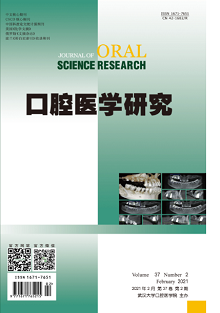|
|
Clinical Analysis of Thirty-one Cases of IgG4-related Disease
PU Jiao, HU Lulu, NIU Yaqi, JIA Mengying, ZENG Xuemin, HE Wei, GONG Zhongcheng
2021, 37(2):
173-178.
DOI: 10.13701/j.cnki.kqyxyj.2021.02.018
Objective: To improve the understanding, diagnosis, and treatment of IgG4-RD. Methods: The clinical, imaging, serological, pathological, and therapeutic features of 31 patients with IgG4-RD diagnosed in the first affiliated Hospital of Xinjiang Medical University were analyzed, and IgG4-RD responder index was used to evaluate disease activity and damage. Results: Among the 31 patients, there were 18 males and 13 females, with an average age of (59.1±9.12) years. The median time from onset to diagnosis was 10 months (range 1-120 months). Six cases were misdiagnosed at the first diagnosis, with a misdiagnosis rate of 19.35%. 32.26% of the patients were complicated with allergic diseases. Imaging revealed that all patients had organ occupying, and all patients had 2 or more organs involved, mainly salivary gland (77.42%), followed by lymph nodes, lacrimal gland, bile duct, and so on. The IgG4-RD responder index was 7.13±3.25, and it was positively correlated with the involved organs (r=0.15, P<0.0001). Serum IgG4 increased in 93.55% of these patients, and it was positively correlated with serum IgG (r=0.54, P<0.01). Histopathology showed infiltration of lymphatic plasma cells, obvious proliferation of lymphoid follicles and irregular fibrosis between tissues. Among the 25 patients who took glucocorticoid drugs, one patient was treated with rituximab because of ineffective treatment, and two patients were treated with immunosuppressants. The follow-up time was (25.89±14.02) months. Twelve patients had good results after treatment, the level of IgG4 decreased. Twelve patients had recurrence during treatment, with a recurrence rate of 48%. One case died of heart attack during treatment. Conclusion: IgG4-RD is a multi-system fibro-inflammatory disease, which is common in middle-aged and elderly men. Enlargement of salivary glands, lymph nodes, lacrimal glands, and internal organs is a common clinical manifestation. Glucocorticoids and biological agents are effective in the treatment, but there is a recurrence.
References |
Related Articles |
Metrics
|

